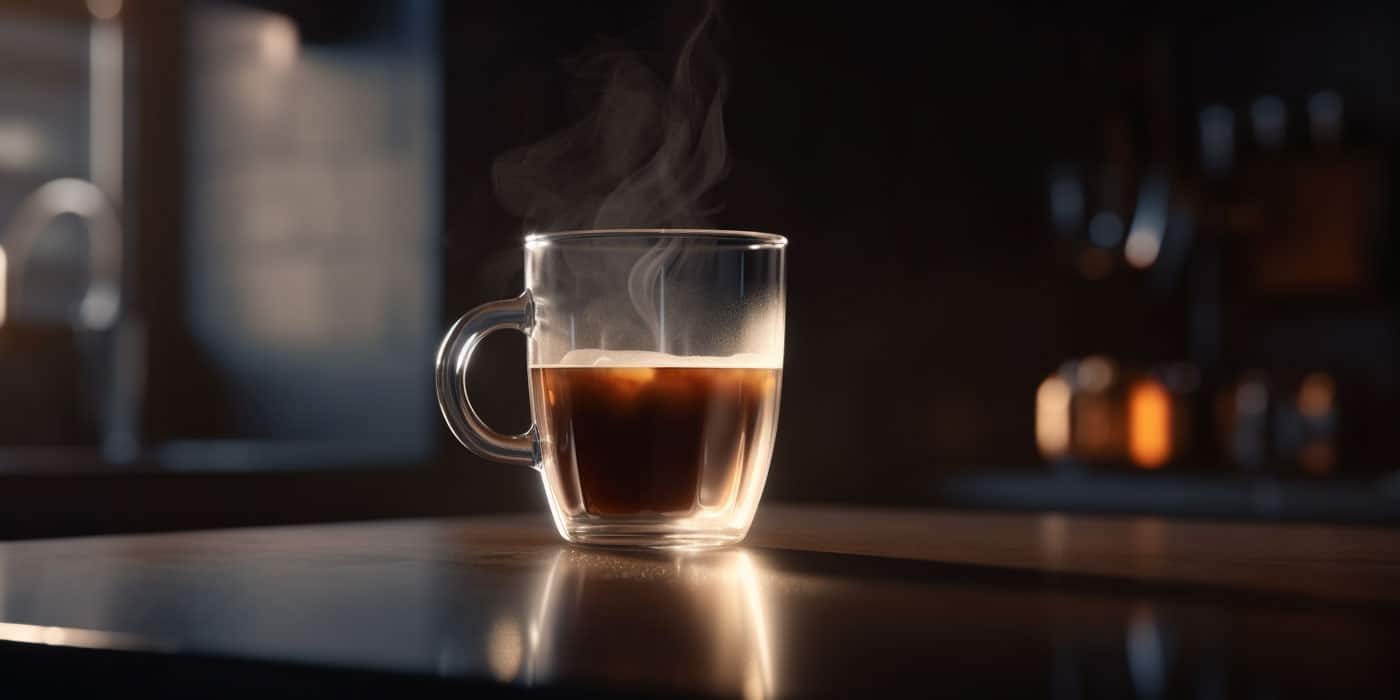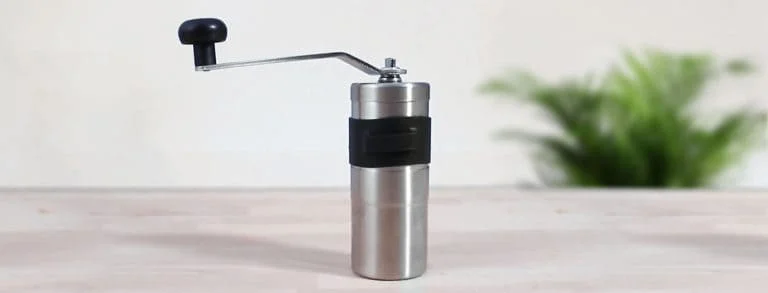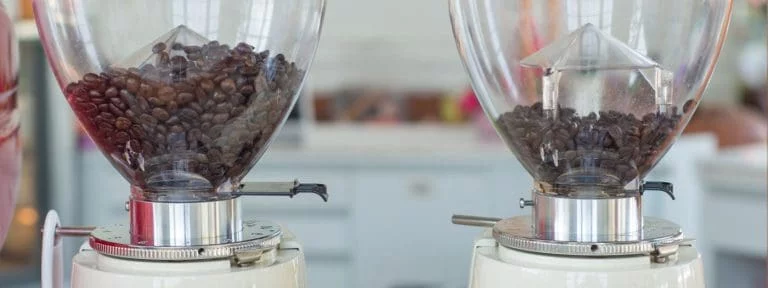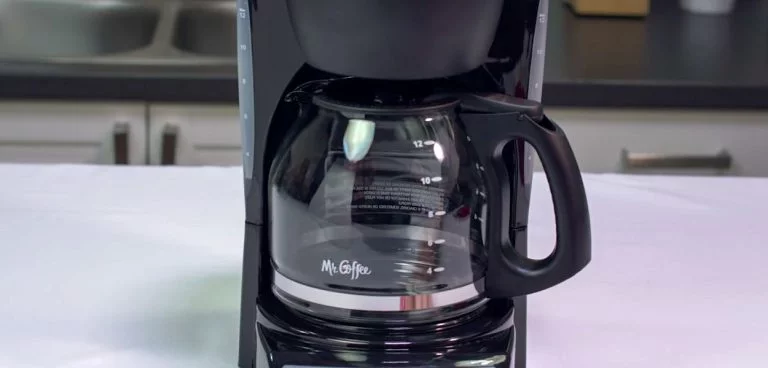The Best Temperature to Brew & Drink Coffee
Brewing water temperature is uniform across all coffee, right? Wrong!
As a barista, I can attest to the significance of water temperature in brewing and serving coffee.
Why is it so important? What temperatures should be used for different brews? How hot is too hot when serving coffee?
From exploring how water temperature affects extraction to understanding the best brewing and serving temperatures, you’ll learn everything about crafting a fantastic cup of java.
So if you’re curious about the science behind great coffee, you should definitely read this guide on ideal coffee temperatures.
The Science of Water Temperature and Coffee Extraction
During the extraction stage of coffee brewing, hot water is passed through ground coffee beans releasing their:
- oils,
- acids,
- flavors, and
- aromas.
Different compounds are extracted depending on the temperature of the brewing water.
- At lower temperatures, you’ll extract aromatics and subtle flavors of sweetness and acidity.
- As the temperature increase, heavier body components and bolder notes become prominent.
It’s also important to note that too high or too low temperatures can have an adverse effect on your beverage:
- Under-extracted coffee tastes sour,
- An over-extracted cup tastes bitter.
But there’s more to it than just finding “the one ideal temperature” for brewing since different types of coffee require specific brewing techniques, which play an essential part in creating the ultimate taste experience.
As someone who has worked behind many espresso bars, it’s good practice to experiment with different temps to determine which extraction yields the most desirable results for each blend you work with; it takes time and patience but is ultimately worth it.
Best Temperature for Brewing Different Types of Coffee
Is there a single “best” temperature you should stick with when brewing? By now you should see that it is not this simple.
Let’s go through what people think, and in the end, what I recommend.
Boiling Water for Coffee Brewing
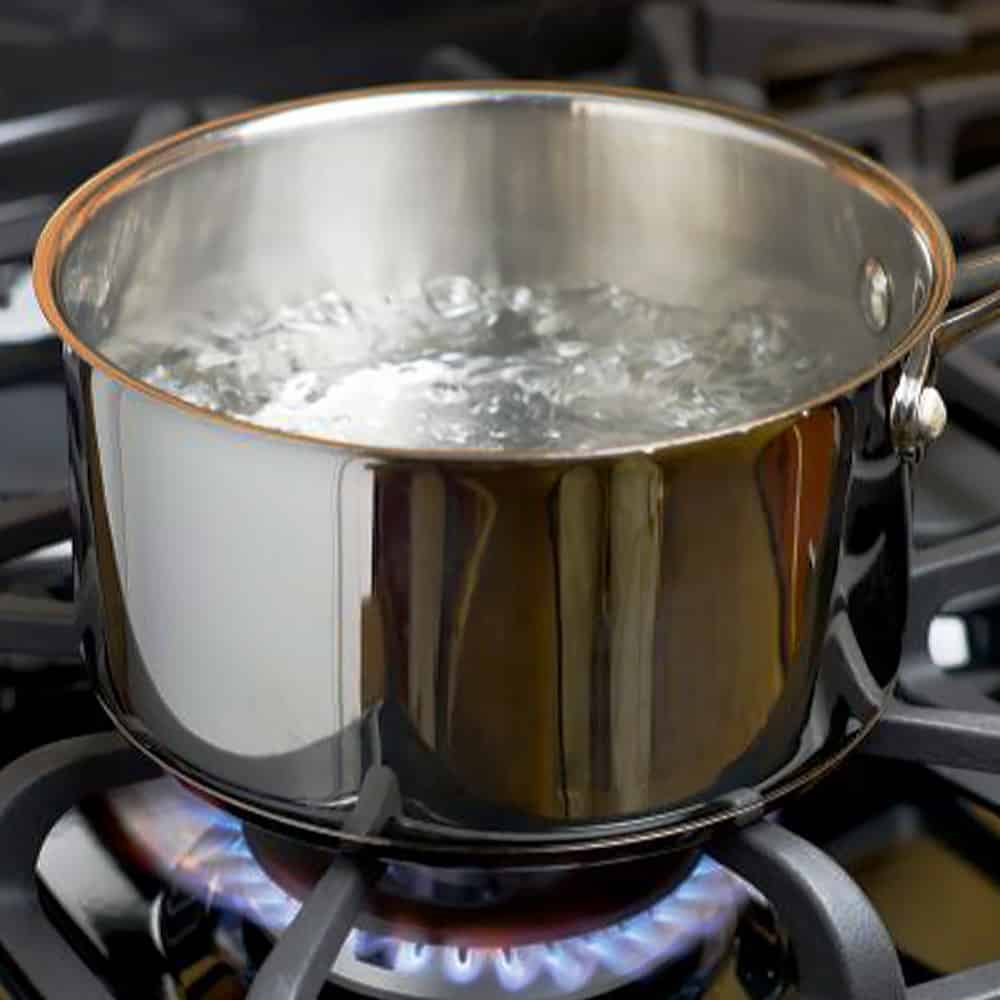
It doesn’t always translate into an enjoyable cup of coffee when you use boiling water for coffee brewing.
Too-hot temperatures can also bring out some bitter notes. With delicate light roast coffees or fragile pour-over methods, these ultra-high temperatures have the potential to burn, which could impart off-flavors into your drink and make the entire experience unpleasant.
Another downside worth pointing out here is that heated up to boiling (at 212 degrees Fahrenheit or 100 degrees Celsius), water starts losing its oxygen – resulting in a flat-tasting cup of Joe with muted aromas instead of bright floral fragrances you’d expect from freshly brewed coffee.
The takeaway?
Controlling heat levels and adjusting them according to the bean type and brew method should be your top priority if you want to achieve optimal results without bitterness or burnt tastes.
One Perfect Temperature to Brew Coffee
After much research and experimentation with countless brewing methods, the National Coffee Association has come to a conclusion. Use water between 195 and 205°F (90-96°C) for the brewing process. This range allows for the optimal extraction of aromas and flavors from the beans without risking any unpleasant bitterness due to overheating.
This strategy is leaps better than using boiling water, but it can still be refined.
Adjusting Water Temperature According to Brew Type and Beans

When selecting a temperature for coffee brewing, your beans’ roast level should be your first consideration.
Ground coffee beans extract differently based on their roast level.
- For instance, dark-roast beans should start at cooler temperatures: around 85-90°C.
- Light-to-medium-roasted coffees can benefit from hotter temperatures: around 92-95°C.
The brew method is also crucial here, it can drastically alter the optimal temperature range for your particular batch of beans.
- A French press requires coarser coffee grounds and temperatures at 205ºF/96ºC.
- Espresso needs finer grounds and temperatures at 197-205°F/92-96°C.
- Pour-over calls for medium-range grounds at 205-210ºF/96-98°C.
However, this scientific study showed that drip coffee can be brewed at 87°C without losing out on taste.
The secret to brewing the perfect cup of coffee really comes down to trial and error. Don’t be afraid to experiment with different temperatures until you find the one that works for your beans, grind size, brew method, and personal preference.
Here is a table summarizing the ideal brewing temperatures for each brewing method. Use the lower end of the range for dark roast, and the higher end for light roast.
| Brewing Method | Ideal Temperature (°F / °C) |
|---|---|
| AeroPress | 185 – 205°F / 85 – 96°C |
| Cold Brew | Room Temperature |
| Drip Coffee Maker | 195 – 205°F / 90 – 96°C |
| Espresso | 197 – 205°F / 92 – 96°C |
| French Press | 195 – 205°F / 90 – 96°C |
| Moka Pot | low boil |
| Pour Over | 195 – 205°F / 90 – 96°C |
| Siphon | 195 – 205°F / 90 – 96°C |
| Turkish Coffee | low boil |
Serving Temperature: How Hot is Too Hot?
The brewing temperature is the temp at which you make coffee, while the serving temperature is the temp at which you serve it.
What Is The Ideal Coffee Serving Temperature?
The ideal serving temperature for a cup of brewed coffee is approximately 136°F (57.8C°).
This allows you to appreciate all the flavors extracted during brewing and keep your mouth and throat from becoming overly uncomfortable or singed by extreme heat.
Tips for Maintaining the Perfect Serving Temperature
The goal is to keep your brew as close to the recommended range as possible without over- or under-heating it.
Here are my top tips for making sure your drink stays warm enough but not too hot:
- Preheat any cups or mugs with brew-temperature water before you start.
- Pour the freshly brewed coffee immediately into a preheated carafe or thermos.
- Put lids or caps on all your containers (cups, mugs, decanters) whenever possible – this is an easy way to hold in the heat without altering the brew’s flavor.
- I recommend investing in some thermal sleeves to serve drinks at the tableside or even for takeaway. These specially designed covers go around cups and mugs to insulate them and retain heat more effectively. Oh yeah, and they also help protect the hands of the person drinking coffee 🙂
- Espresso cools down super quickly, so serve and enjoy it right away.
FAQ
Final Thoughts
Finding the best temperatures for different brews can be complex, but it’s worth experimenting to get just the right flavor and aroma from your cup.
Once you find those ideal conditions, ensure you also serve it at the correct serving temperature range.
Try different temperatures, and play around with some ratios – you never know what deliciousness results. Let me know how your experiments turn out in the comments below.

